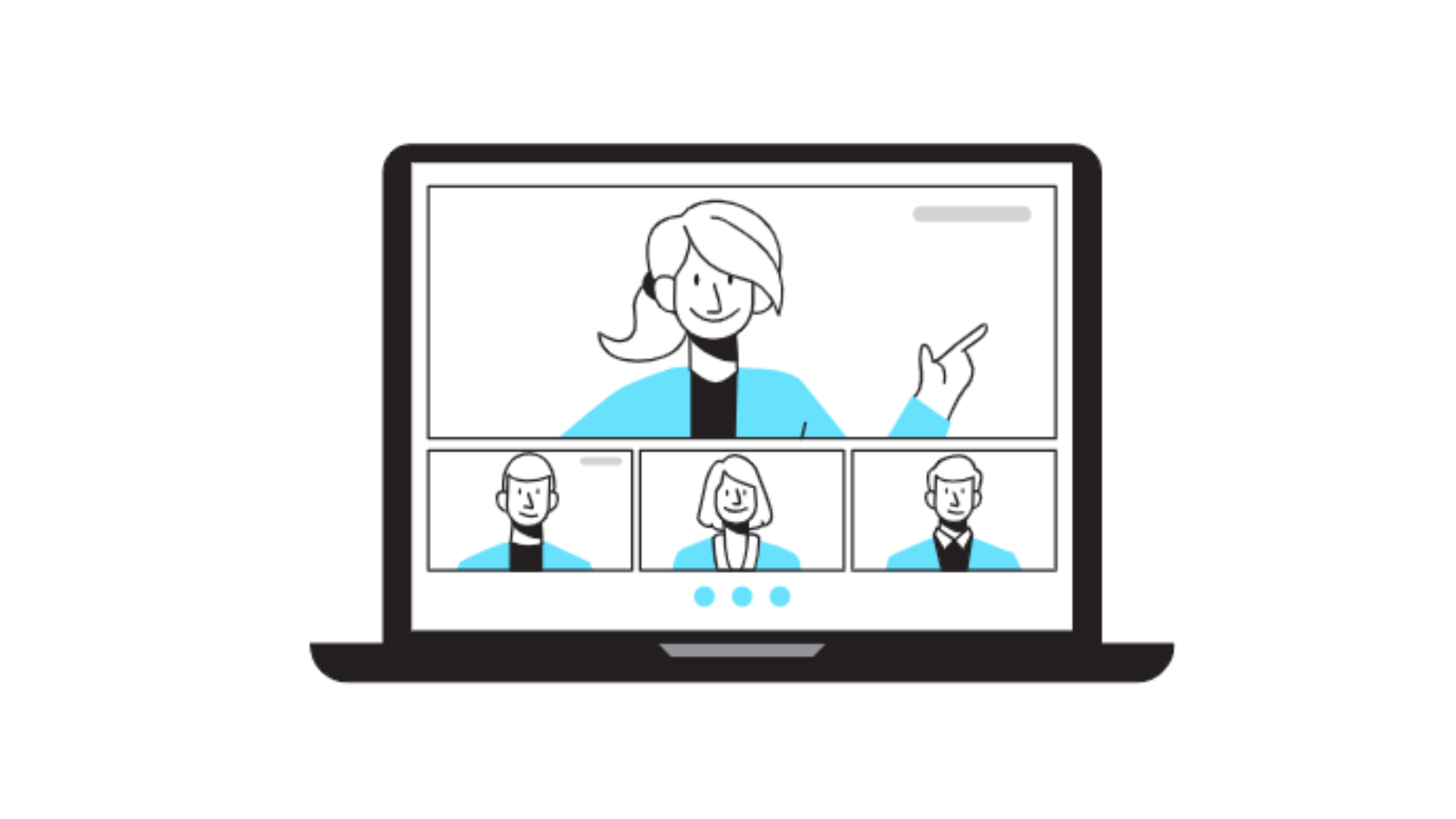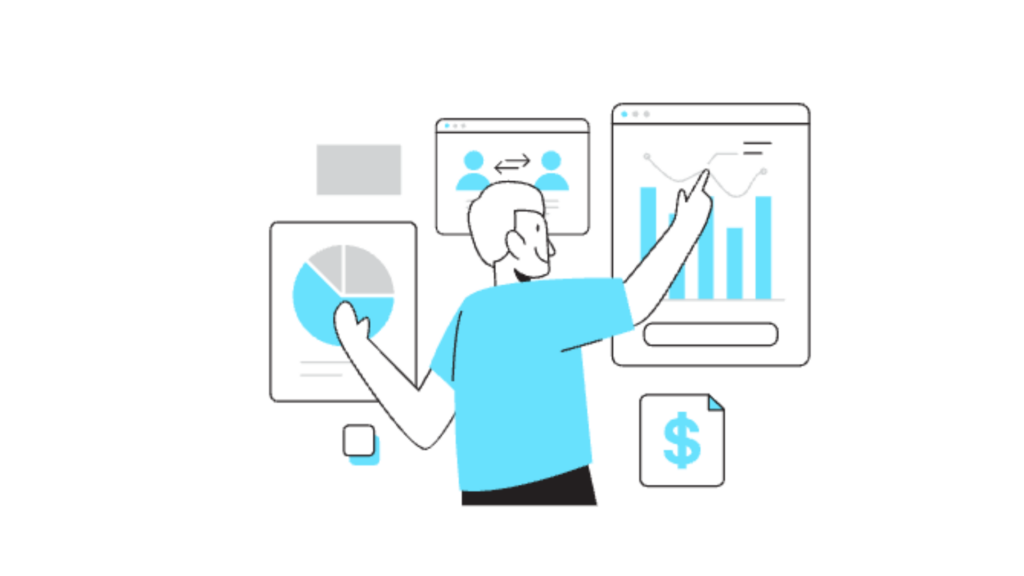8 Tips How to Conduct Successful IT Webinars

Webinars are a great way to generate leads. A recent study found that 20-40% of webinar attendees turn into qualified leads. In order to make your webinar a success, you need to make sure that you’re planning and promoting it effectively.
In this blog post, we’ll share some best practices for conducting successful IT webinars.
1. Identify Your Audience
When you’re trying to attract as many people as possible to your webinar, it can be tempting to cast a wide net. Instead, focus on the most relevant audience for your topic.
For example, an MSP might want to host a webinar about how to protect your business from ransomware. Instead of targeting business owners, they might want to focus on getting IT professionals to attend.
You’ll also want to consider where your audience is in the sales funnel. Are they just starting to research a topic, or are they ready to make a purchase?
By identifying your audience, you can tailor your content and promotional efforts to reach the right people.
2. Pick a Relevant Topic
The key to a successful webinar is to have a relevant topic that will attract your target audience. To do this, you need to know who your target audience is and what their pain points are. Then, you can create a webinar topic that will help them solve those problems.
For example, if your target audience is small business owners, you might want to create a webinar about how to improve their website’s search engine optimization (SEO). If your target audience is IT professionals, you might want to create a webinar about how to improve your skills and advance your career.
Think about the most common problems your target audience faces and then create a webinar topic that will help them solve those problems.
3. Select the Right Speaker
The speaker is the most important element of any webinar. A great speaker can make even the most boring topic interesting, while a poor speaker can ruin even the most interesting topic.
For webinars focusing on personal development or coaching, consider speakers with coaches training institute (CTI) certification to ensure they have recognized qualifications and can deliver valuable insights to your audience.
The best speaker is usually someone who works for the company that is hosting the webinar. This is because they have the most knowledge about the topic, and they can speak with authority about how their company’s solutions can help the audience.
If you can’t get an internal speaker, look for someone who is well-known in the industry, or life coach who has a lot of experience with the topic. You can also consider having a panel of speakers, but be careful not to have too many, as it can be difficult to manage.
4. Promote Your Webinar
Once you have your webinar planned and speakers confirmed, the next step is to begin promoting it. A great place to start is with your company’s email list. Send out an email invitation to your customers and prospects to let them know about the webinar and how they can register to attend.
You can also promote your webinar on social media. Create posts that include the date and time of the webinar, a brief description of what it will cover, and a link to the registration page. Be sure to post these on all of your company’s social media profiles, as well as your personal profiles if you’re a speaker. Including clear headshots can help personalize your promotion and increase engagement.
Automate the webinar invitation process on LinkedIn by bulk sending invitations to your 1st degree network. You can extend this to 2nd and 3rd+ degree connections also to engage with new prospects.
If your webinar is going to be co-hosted with another company, ask them to promote it to their audience as well. This can help you reach new potential leads and increase the number of people who register for your webinar.
Lifehack from CS-Cart, eCommerce software company: At CS-Cart, we’ve been doing webinars to generate leads for about a year. During that time, we have tried many different approaches to promoting our webinars. Placing a small banner with a webinar announcement at the top of our website’s home page was quite effective for us—we started getting twice as many registrations. 5 minutes of work and such a great result for us.
– Ariana Soninska, CS-Cart’s Community Manager
5. Create a Compelling Landing Page
The landing page is the first thing people see when they sign up for your webinar, so it’s important to make it as compelling as possible. This is your chance to make a great first impression and get people excited about your webinar.
Your landing page should include a brief description of the webinar, the date and time, and a list of the key takeaways. You can also include a short bio of the speaker and a photo.
In addition to the basic information, you can also include a video trailer, customer testimonials, and any other information that will help build credibility and get people excited.
6. Make Your Webinar Interactive
The best webinars are interactive, allowing you to build a relationship with your audience and get them involved. This is a great way to keep people’s attention and make sure they’re getting the most out of your webinar. It also allows you to get feedback from your audience, which can help you improve your webinar and give you valuable insights into what your audience wants.
There are a number of ways you can make your webinar interactive. You can use polls and surveys to get feedback from your audience, you can ask them questions and get them to respond in the chat, and you can even bring people on screen to speak if you’re using a platform that supports that.
7. Follow Up with Attendees
When the webinar is over, you may feel like you’ve put in all the work you can. But the work isn’t over until you follow up with your attendees. This is your opportunity to thank them for attending and ask for feedback.
You can also use this time to offer any additional resources, like the downloadable zoom recording or a relevant blog post. This is a great way to continue the conversation and build a relationship with your leads.
If you don’t follow up with your attendees, they may feel like you don’t value their time or their business. This can lead to a negative perception of your brand and can hurt your chances of converting them into customers. If you don’t have the resources to do so yourself, think about outsourcing the task to professionals who can help you keep up with your audience.
8. Analyze Your Webinar
After the webinar, you should analyze the data to see how it performed. Most webinar platforms will provide you with data on the number of attendees, how long they stayed, and more.
You can also send out a survey to attendees to get feedback on the webinar. This will help you understand what you did well and what you could improve on.
Use this data to inform your next webinar. If you see that most people dropped off after a certain point, you might want to consider shortening your webinars in the future. If you get feedback that the webinar was too salesy, you might want to focus more on education in the next one.
The Bottom Line
Webinars are a cost-effective way to generate leads, build brand awareness, and establish your company as a thought leader in the IT industry. But, like any marketing activity, they require careful planning and execution to be successful.
By following these best practices, you can ensure that your IT webinars are engaging, informative, and valuable to your target audience. And, by extension, you can make sure that the time and effort you put into planning and conducting your webinars is well spent.
Conclusion
Webinars are a great way to connect with your audience and provide them with valuable information. Don’t let poor planning or execution get in the way of your message. Follow these best practices and you’ll be on your way to hosting the best webinar your audience has ever seen.



